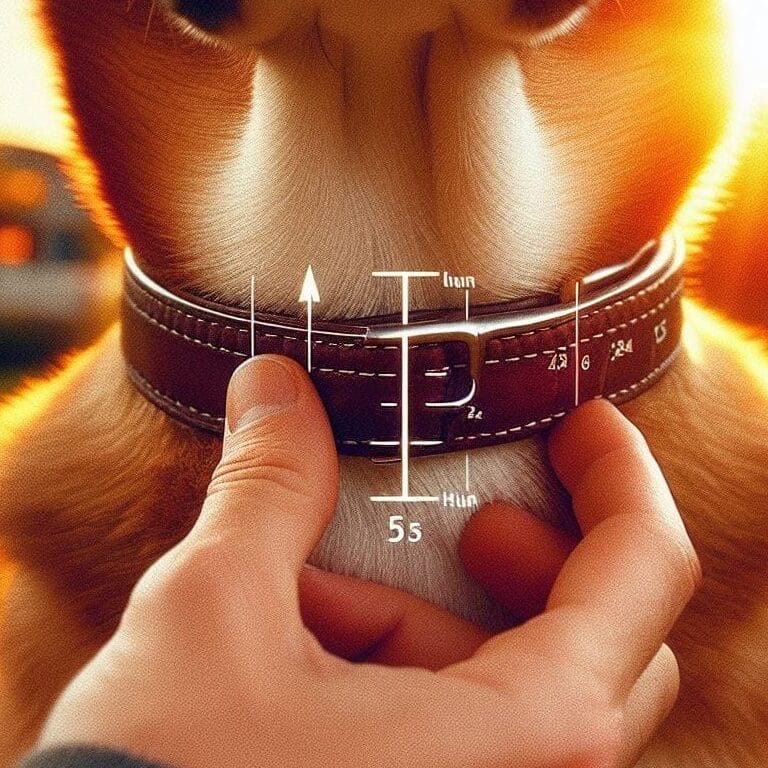Picking the Perfect Collar for Pets
Picking the perfect collar for our pets is one of the measures taken to keep them safe and comfortable while at the same time stylish. At a glance, dog and cat collars may seem very similar to each other, but they are actually designed according to the needs and behaviors of each specific animal. This article will explore the difference between dog and cat collars in design, functionality, material, and safety to make the best choice for your furry buddy.
Here’s a side-by-side comparison of dog collars and cat collars.
| Dog Collars | Cat Collars |
|---|---|
| Purpose: Primarily used for controlling, guiding, and identifying dogs. Often used with a leash for walking. | Purpose: Mainly for identification and safety, with bells to warn other animals and to locate the cat. |
| Design: Wide variety including flat, buckle, snap fasteners, martingale, choke chains, and those with integrated harnesses. | Design: Slimmer and lighter, designed with comfort and safety in mind, often featuring breakaway mechanisms. |
| Material: Durable materials like leather, nylon, or other strong fabrics to withstand pulling. | Material: Lightweight, soft materials such as fabric or thin nylon for comfort and safety. |
| Comfort: Often padded for large breeds to prevent soreness and may include reflective materials for night walks. | Comfort: Designed to be slim and lightweight, allowing cats to move freely without discomfort. |
| Adjustability: Highly adjustable to fit various breeds and neck sizes. Should fit snugly but allow two fingers to fit between the collar and neck. | Adjustability: Most collars have a one-size-fits-all design with adjustability, though regular checks are needed as the cat grows. |
| Special Features: May include features like GPS tracking, anti-barking, or reflective strips for visibility. | Special Features: Typically include a breakaway mechanism for safety, a bell, and sometimes reflective materials. |
| Training Use: Some collars, like choke chains and prong collars, are designed for training purposes and should be used carefully. | Training Use: Not typically used for training, as cats are not usually trained in the same way as dogs. |
| Price Range: Prices vary widely, from inexpensive nylon collars to more expensive leather and specialized collars. | Price Range: Generally less expensive than dog collars, though prices can vary based on features and materials. |
| Availability: Widely available in pet stores, online, and even in some department stores, with a variety of options. | Availability: Also widely available, though some owners prefer specialized stores for unique designs. |



